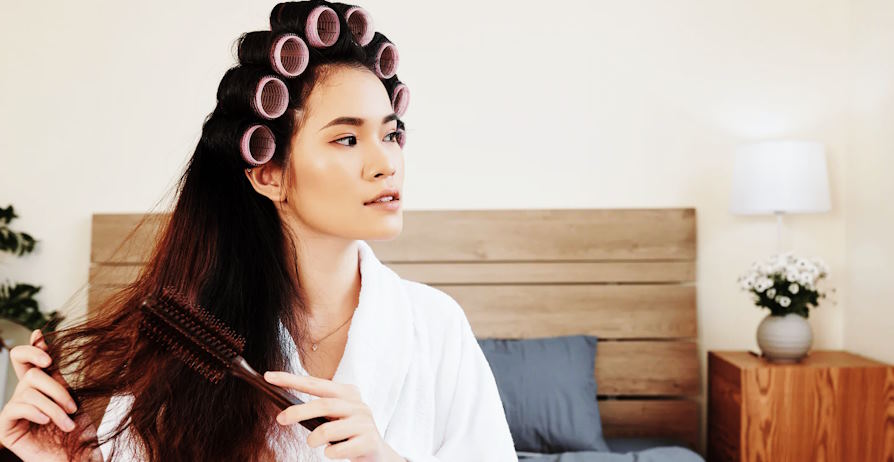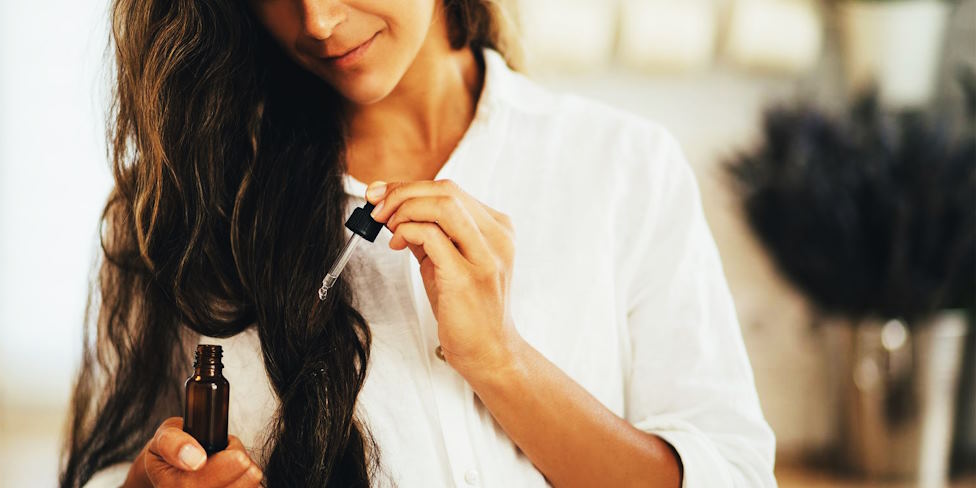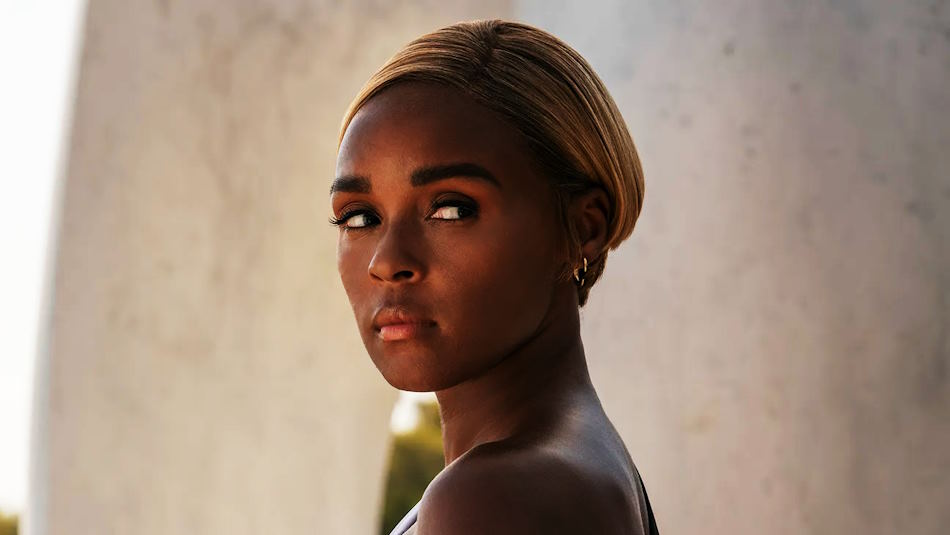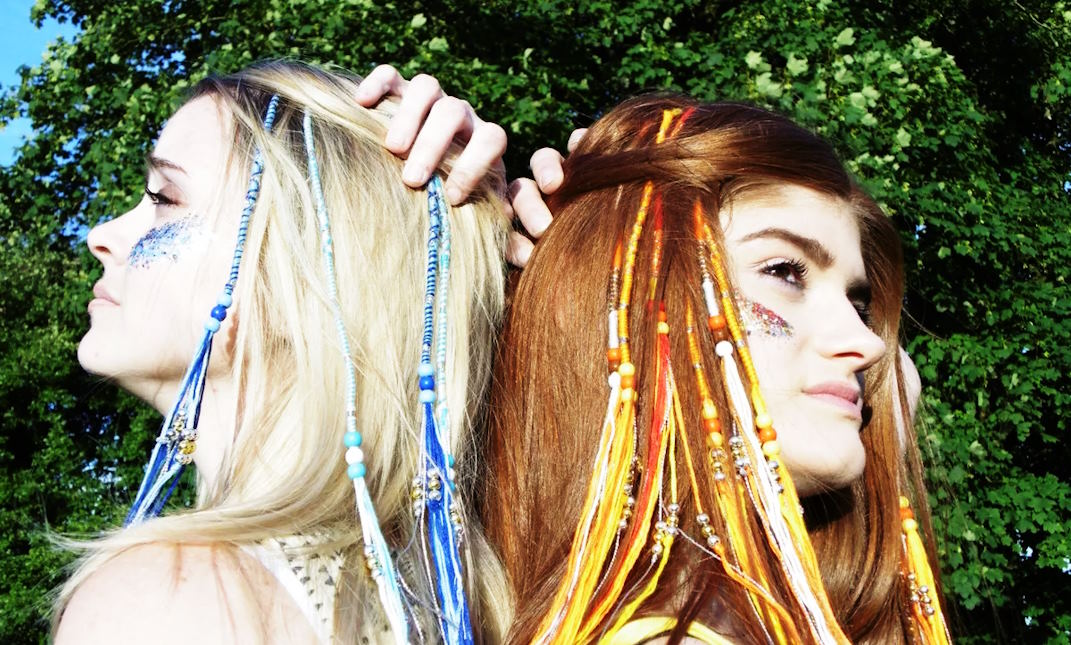
In recent years, the beauty industry has witnessed a surge in the celebration of natural hair textures and an array of creative hairstyles. Whether it’s the resurgence of classic curls, the popularity of intricate updos, or the fearless experimentation with avant-garde looks, the possibilities are endless. While these style revolutions have undoubtedly inspired individuals to embrace their uniqueness, it’s essential to navigate this journey with a mindful approach to hair care.
Regular Hydration and Moisture
One of the cornerstones of healthy hair is adequate hydration. Well-hydrated hair is more resistant to damage, maintains elasticity, and appears vibrant and lustrous. Choose moisturizing products that suit your hair type – whether it’s a lightweight conditioner for fine hair or a richer formula for thicker locks. Deep conditioning treatments should become a regular part of your routine, providing intense moisture and repairing any damage caused by styling or environmental factors. Consistent hydration ensures that your hair remains supple, reducing the risk of breakage and promoting overall health.
Gentle Handling and Styling Techniques
While experimenting with styles, it’s essential to minimize heat styling to prevent damage. Excessive use of flat irons, curling wands, and blow dryers can lead to dryness, brittleness, and split ends. Opt for heat-free styling methods whenever possible, embracing the natural beauty of your hair texture. Additionally, avoid tight hairstyles that can cause stress on your hair strands, leading to breakage and traction alopecia. Consider protective styles like braids or twists that not only look stylish but also help in preserving the health of your hair.

Proper Nutrition for Healthy Hair
The saying “you are what you eat” holds true for your hair as well. The health of your hair is closely tied to your diet. Ensure you’re getting a balanced intake of vitamins and minerals, particularly those that promote hair health. Vitamins like A, C, E, and biotin, as well as minerals like iron and zinc, play crucial roles in maintaining strong and vibrant hair. Incorporate foods rich in these nutrients into your diet, such as leafy greens, nuts, seeds, and fish. Adequate hydration is equally important, as water is a fundamental element in promoting hair growth and strength.
Regular Trims for Preventative Maintenance
While growing out your hair, it might be tempting to skip regular trims to maintain length. However, consistent trims are essential for preventing split ends and maintaining overall hair health. Split ends can travel up the hair shaft, leading to more significant damage if left unaddressed. Schedule regular trims every 8-12 weeks to keep your hair looking fresh and to prevent potential issues down the line. Finding a balance between maintaining length and preventing damage through regular trims is key to achieving healthy, beautiful locks.

Avoiding Harsh Chemicals
Chemical treatments such as bleaching, perming, or excessive coloring can cause significant damage to your hair. These processes strip the hair of its natural oils, leaving it dry, brittle, and prone to breakage. Opt for natural and gentle hair care products that do not contain harsh chemicals. Read product labels carefully, avoiding ingredients like sulfates and parabens, which can contribute to dryness and damage. Embrace a more natural approach to hair care to ensure that your locks remain strong and resilient.
Protecting Hair during Sleep
Hair is particularly vulnerable during sleep, as friction between the hair and pillowcase can lead to breakage and split ends. To minimize damage, consider using silk or satin pillowcases, which reduce friction and help prevent tangles. Additionally, incorporating protective hairstyles for overnight care can further safeguard your hair. Loose braids or twists can help maintain your hairstyle while minimizing stress on the hair strands, promoting healthier locks over time.
Monitoring and Addressing Issues Promptly
Regular assessments of your scalp and hair health are essential for catching potential issues early on. Pay attention to changes in texture, excessive shedding, or signs of damage. Recognizing these signs promptly allows for timely intervention, preventing more significant problems in the future. If you notice persistent issues or concerns, don’t hesitate to seek professional advice from a dermatologist or a qualified hair care specialist. Your hair’s health is a reflection of your overall well-being, and addressing concerns promptly ensures a beautiful and vibrant mane.


